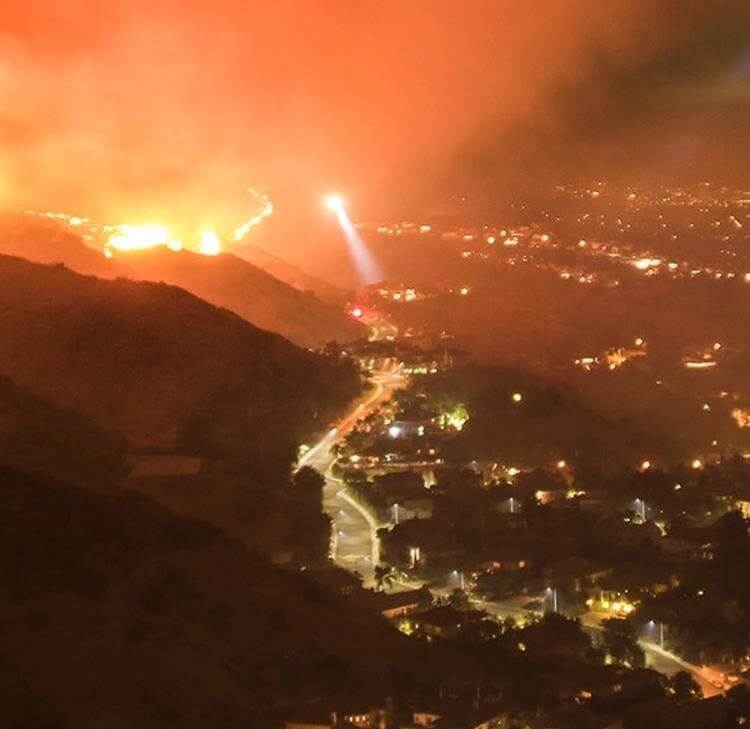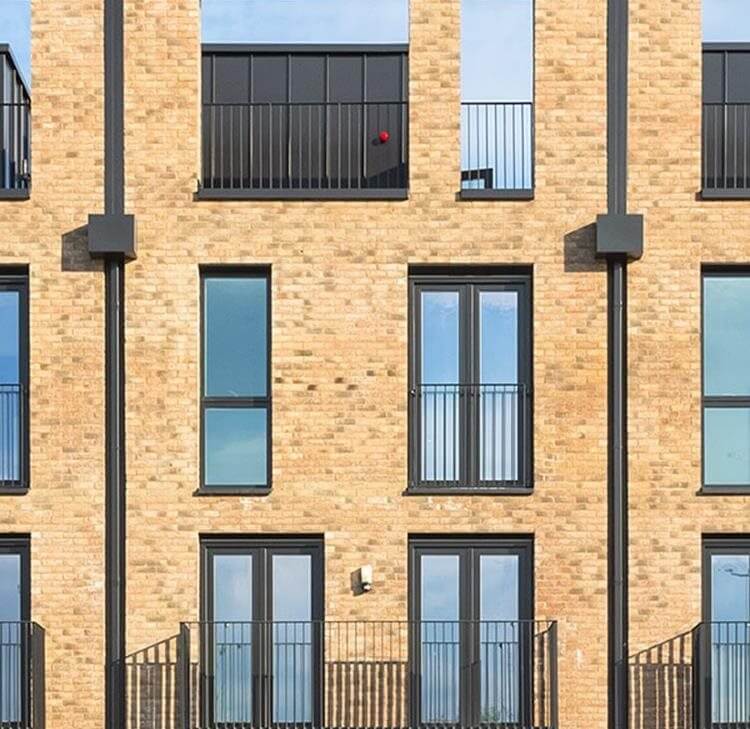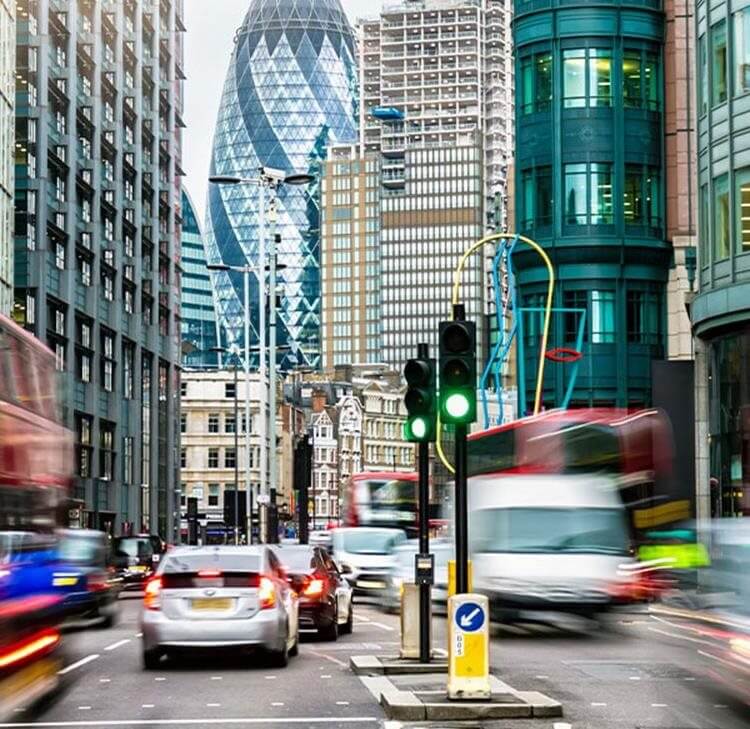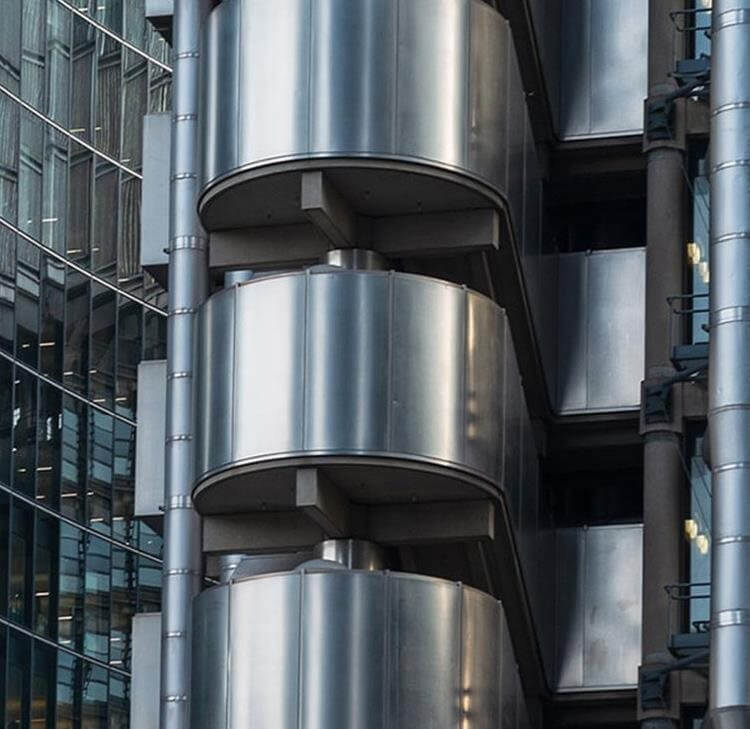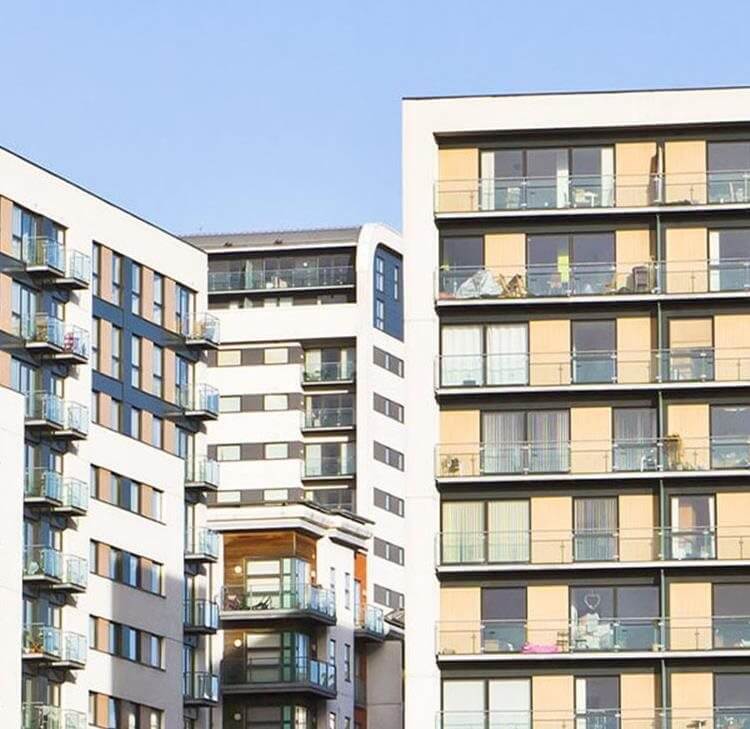A car park fire at Luton Airport that caused “significant structural collapse” has led to tens of thousands of passengers being disrupted, with flights diverted and cancelled and alternative transport and accommodation being sought. Four individuals were also taken to hospital as a result of smoke inhalation, but no serious injuries have been reported. The airport’s shuttle link also shut following safety concerns, with the need for replacement bus services to cover the transport.
At the time of the fire, there were up to 1,500 vehicles in the car park. Although it is suspected that the blaze was caused by a diesel vehicle, heat from a malfunctioning lithium-ion battery also has the potential to spark other vehicles in the surrounding area and fires can occur where the battery is exposed to high temperatures or is damaged.
How to put out an EV battery fire
The advised approach for the fire services to extinguish an electric vehicle (EV) fire is to allow for a controlled burn, essentially leaving the vehicle to burn out. However, in confined spaces such as car parks, the fire may need to be put out instead, which requires over double the amount of water needed to put out internal combustion engine vehicle fires. Even once the fire has been extinguished, the risk remains that it may reignite in the future, causing issues with storage and disposal. In addition to the dangers of the fire itself, the by-products are fatal to humans with over 100 organic chemicals being created.
Insurer's response to the Luton Airport fire
The Motor Insurer’s Bureau has collaborated with the Association of British Insurers to attempt to retrieve personal items from the vehicles, with the predictions that it is unlikely that the vehicles will be salvageable. If any vehicles with a potentially damaged battery pack are salvageable, the cost for insurers of removing and assessing this are often greater than the value of the vehicle, making a write-off the more cost effective option.
EV battery fire risk considerations for insurers
A recent report by the Office for Zero Emission Vehicles recommended that the size of car parking spaces should be increased and fire resistant construction implemented between EV spaces, to prevent the spread of fire in car parks. Additionally, the fire service asserted that the car park at Luton airport did not appear to have sprinklers and the open sided design had aided the horizontal spread of the fire.
Therefore, insurers may wish to review their policy wordings to ensure that conditions are in place to limit the risk of fires occurring and to mitigate the damage when they do occur. Following the disruption in this event, insurers should also revisit their business interruption wordings to ensure the coverage provided aligns with their intentions.
Contents
- The Word, October 2023
- Simplifying sanctions clauses - LMA3100A and LMA3200 released
- Are amendments to be expected for the Arbitration Act 1996?
- The Opioid crisis - how does the rise in Fentanyl overdoses affect insurers?
- Customers in financial difficulty: Cost of living crisis and the FCA
- Insurance industry Consumer Duty update – Fair value, FCA Dear CEO letters and multi-occupancy build
- Insurable interest: Quadra Commodities S.A v XL Insurance Co SE and Others
Key contact

Tim Johnson
Partner
tim.johnson@brownejacobson.com
+44 (0)115 976 6557











